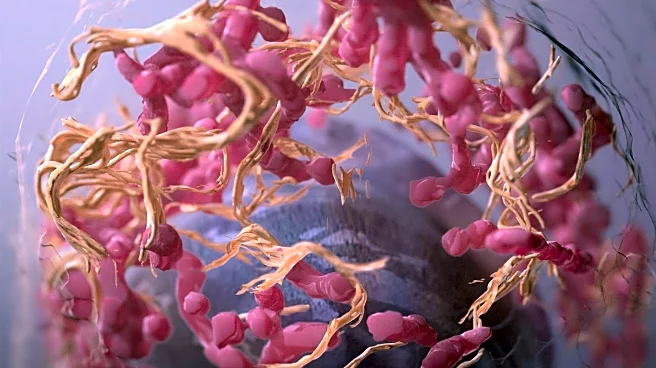What is the story about?
What's Happening?
Researchers at the University of Barcelona have discovered that two existing drugs, pemafibrate and telmisartan, can significantly reduce fat buildup in animal models of metabolic liver disease. This condition, known as metabolic dysfunction-associated steatotic liver disease, affects one in three adults globally. The study suggests that these drugs, when used together, could ease liver damage and lower cardiovascular complications, offering a potentially safer and more effective treatment option.
Why It's Important?
The findings offer hope for millions affected by fatty liver disease, a condition with limited treatment options. By repurposing existing drugs, researchers provide a cost-effective and faster approach to treatment, potentially improving patient outcomes and reducing healthcare costs. This research could lead to new therapeutic strategies and encourage further exploration of drug repurposing in other diseases.
What's Next?
Clinical trials are needed to confirm the efficacy of these drugs in humans, which could pave the way for new treatment protocols. Researchers may also investigate the drugs' effectiveness in more advanced stages of the disease, potentially expanding their use. The study's success could inspire similar research efforts in other areas of medicine, focusing on drug repurposing as a viable strategy.
AI Generated Content
Do you find this article useful?














